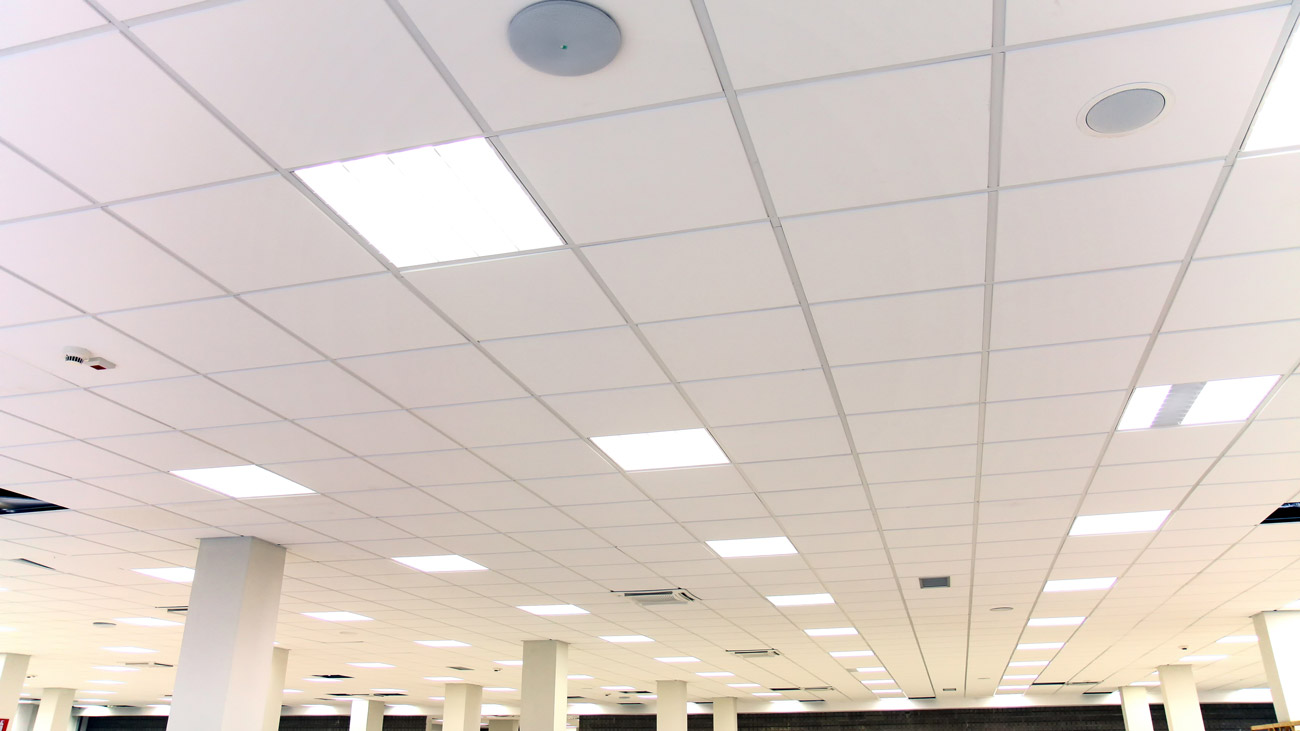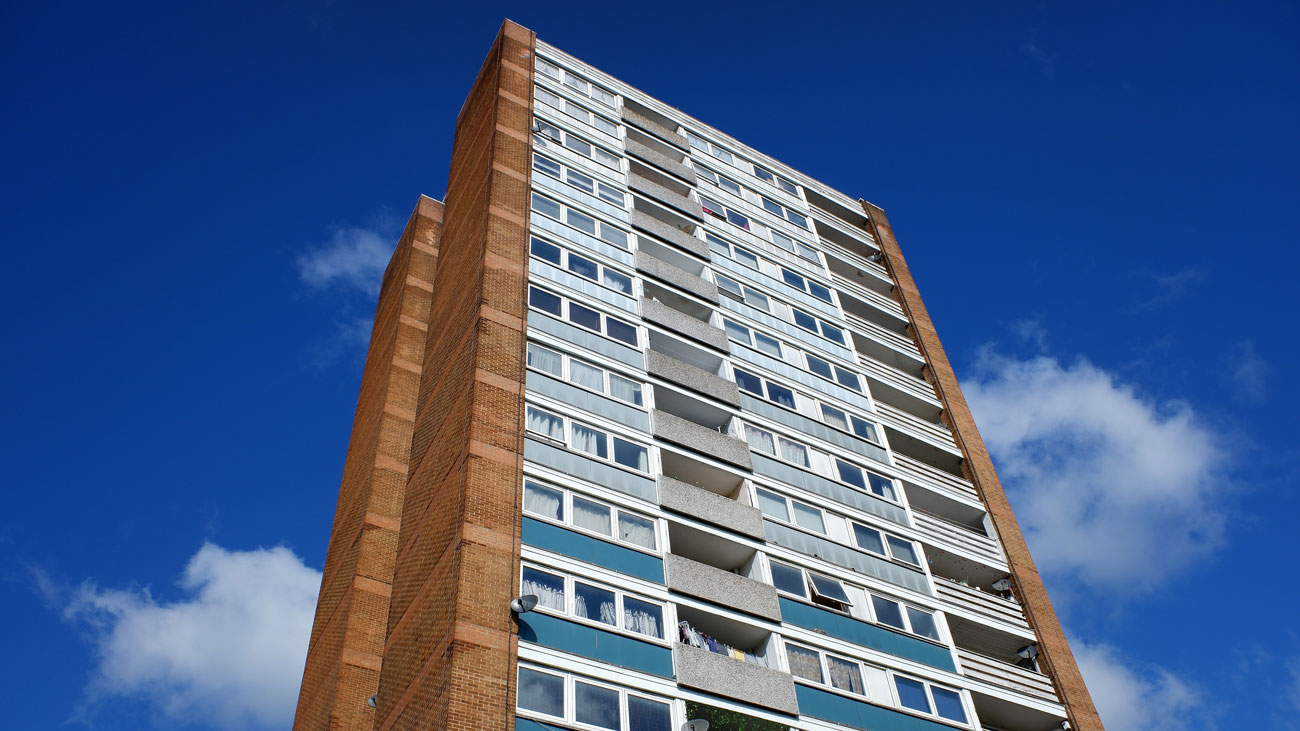
Concrete crisis: a concern for all building managers?
Unsafe concrete has been found in hospitals, courts and a shopping centre - as well as the 156 schools identified in England so far. Ministers have ordered schools to immediately shut buildings made with reinforced autoclaved aerated concrete (RAAC) until safety work is undertaken.
The focus has been on schools and other public buildings, but is this a concern for building safety managers in all types of building?
What is reinforced autoclaved aerated concrete (RAAC)?
RAAC is a form of concrete used in roof, floor, cladding and wall construction in the UK from the mid-1950s to the mid-1980s.
It is a lightweight, bubbly form of concrete. It looks like standard concrete but compared with the “traditional” reinforced material, which is typically denser, RAAC is weak and less durable. The material was favoured in construction projects because of its lightweight, thermal properties. There have been problems as a result, which could have significant safety consequences.
Where is RAAC found?
Schools, hospitals and various other public buildings from the 1950s to the mid-1980s were built using RAAC. The Guardian informs that a National Audit Office (NAO) report earlier this year said the concrete had been confirmed in at least 65 schools in England after 196 completed surveys, with 24 requiring emergency action.
The number of schools at risk was expected to increase significantly when the results of surveys of 572 schools with suspected RAAC were completed by the Department for Education (DfE).
However, a report by the Collaborative Reporting for Safer Structures warns that RAAC was used "not only for schools, hospitals and other public buildings such as police stations… there is no reason why it could not have been used in many other buildings, both public and private".
The Local Government Association is of the opinion RAAC was used by some municipal architects primarily in offices and schools, but it has been found in a wide range of buildings, not all of which are still in the public sector.
The Health and Safety Executive says RAAC is now beyond its lifespan and may "collapse with little or no notice". So, it is important that those responsible for the management, maintenance or alteration of buildings know whether their buildings contain RAAC and, where they do, they act appropriately to ensure that such buildings are deemed safe.
The Local Government Association advises that, for initial identification of RAAC in existing buildings, it may be necessary to engage an appropriately qualified and experienced construction professional, for example a chartered structural engineer, a registered architect or a chartered surveyor.
When the presence of RAAC is confirmed, a structural assessment should be carried out. Assessment of RAAC is a highly specialised area within the structural engineering profession, and it is important to ensure that those providing structural engineering services are suitably qualified and can demonstrate an appropriate level of skill and experience.
If RAAC is found, any RAAC panels in visually poor condition should be inspected every year.
It is recommended inspections take place every five years for those in good condition.
Why is RAAC dangerous?
The limited durability of RAAC roofs and other RAAC structures has long been recognised; however recent experience (which includes two roof failures with little or no warning) suggests the problem may be more serious than previously appreciated and that many building owners are not aware that it is present in their property.
RAAC has a life expectancy of little more than 30 years and this means buildings constructed from the 1950s to the 1990s that have not been checked by structural engineers are at risk of collapse.
The danger has previously been considered so great that a number of schools have had to close, either fully or partly, while others have required emergency propping up owing to fears of collapse.
The material is also prone to collapse when wet, which can happen if there are leaks in a building’s roof.
Asbestos
In 2019, the DfE referred 676 state-funded schools and academies in England to the HSE over concerns they were failing to safely manage asbestos in their buildings in line with regulatory requirements, putting thousands of staff and pupils at risk.
About 90% of school buildings in England are thought to contain asbestos, often around pipes and boilers, and in wall and ceiling tiles. Again, all kinds of buildings built before the ban in 1999 of the importation, supply and use of asbestos, could be affected.
Asbestos still remains the largest single cause of work-related fatalities, with more than 5,000 deaths each year from diseases including mesothelioma, lung cancer and asbestosis. In fact, studies show that we should expect to continue seeing a rise in cases of asbestos-related diseases in the coming years.
Asbestos exposure at work is often considered to only affect workers such as carpenters, plumbers, electricians and other traditional tradesmen. Some people link asbestos exposure to particular types of work such as shipbuilding or the building industry. However, the stark reality of the situation is that every type of worker could potentially be affected by asbestos diseases.
Past employees could revisit old employers with claims of asbestos exposure from many years ago. Mesothelioma sufferers can make compensation claims against the employer for whom they were working at the time they were exposed to asbestos. Mesothelioma has a long latency period – that is the time between a person’s initial exposure to asbestos and the development of the disease.
Read more in International Workplace’s guide Asbestos: the duty to manage.







